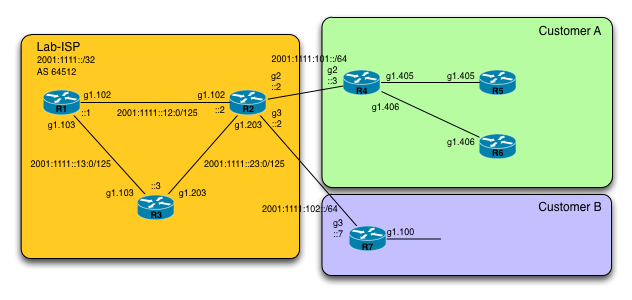Response: CloudFlare Keyless SSL Means The End of Big Pipes and Load Balancers in The Data Centre
This blog post from Cloudflare should mean the end of big Internet pipes in Enterprise Data Centre with massive reductions in load balancers, IDS units and web servers.
The post Response: CloudFlare Keyless SSL Means The End of Big Pipes and Load Balancers in The Data Centre appeared first on EtherealMind.


